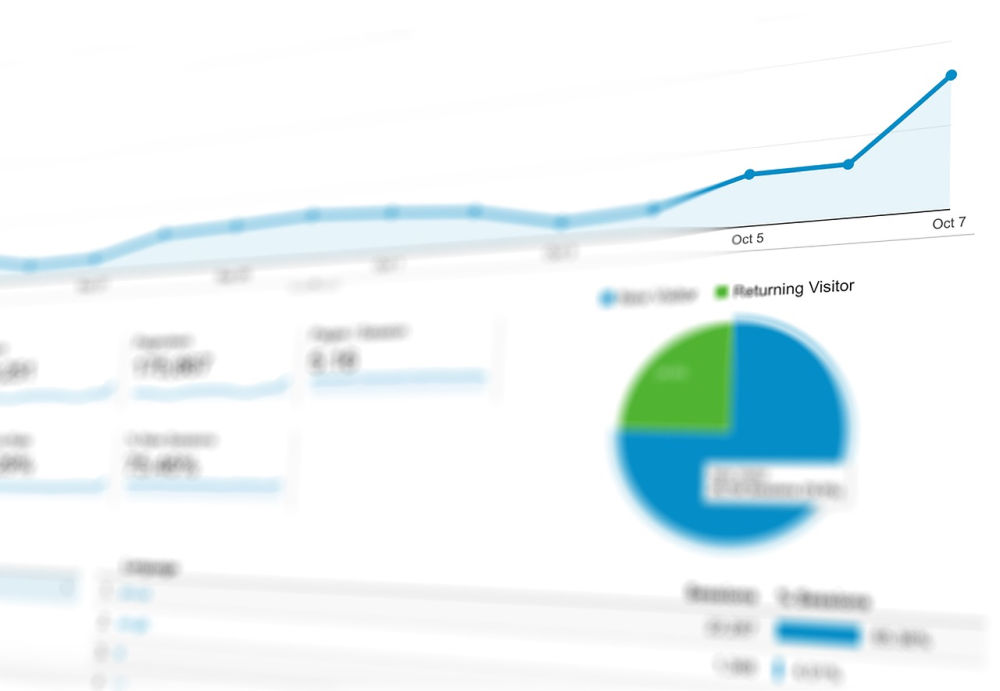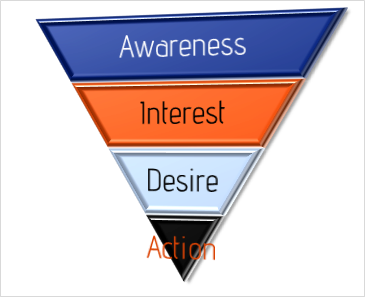Identifying “purchasing intent” or “ high intent”
It’s one of the staples of digital marketing that we need to establish the purchasing intent of visitors to our websites. We need to understand what they’re trying to do. The reasoning is simple. If we understand what they’re trying to do we can help them do it. If we can separate a student doing academic research from an operator looking for technical support from a purchaser looking to buy, we can make our website more productive for us and the visitor.
Does a pricing page show purchasing intent?
The example that’s almost always cited as showing visitor intent is a website’s pricing page. The logic goes that if somebody is looking at pricing, they’re getting close to making a purchasing decision.
If you think back to all the pricing pages you’ve looked at, you’ll realise how flawed this logic is. Most of us look at the pricing page very early in our evaluation of a product. It’s one of the first things that rules a product into or out of our shortlist. We find out if it’s affordable. Only then do we look at its capabilities in detail.
So why do we think that pricing page shows “high intent” or “purchasing intent”? The most likely reason is that few websites have the technology that can tell us otherwise. Very few websites have the ability to track what an individual does on it.
We get plenty of data from Google Analytics telling us how many people have visited our websites and where they came from. We have reams of data from services like Ubersuggest telling us what keywords people used to get to our website.
But we have far less data on individual activity on our website. If you want our websites to be sales tools, that’s got to change.
Marketing automation reveals purchasing intent
Marketing automation is what lets it change. It changes what you can do on your website in four ways:
- Track: marketing automation tracks what individuals do. Yes, it can tell you when a specific person has visited your pricing page. But this alone doesn’t tell you that they’re ready to buy. If you also know that they visited the product page, downloaded the technical specifications and viewed a case study, then you can assume they’re giving serious thought to purchasing. If they do all of that in a single week, the purchase could be imminent. If they do it over three months, their interest might be more long-term. With marketing automation’s ability to track activity over time, you can understand both intent and urgency.
- Convert: Marketing automation helps you convert anonymous visitors into identified contacts. You can’t track what an individual does on your website until you know who that individual is. With marketing automation you can use pop-up forms and other techniques to persuade your anonymous visitors to identify themselves.
- Respond: If there are few websites that can track individual activity, there are even fewer that do anything in response to that activity. If the visitor’s activity shows they’re in one of the four stages of the AIDA model (Awareness, Interest, Desire, Action), what are you going to do to move them to the next step? Very few businesses (especially SMEs) create response sequences because they’re hard work.
But look at it another way. Once you’ve created a response sequence, it’s there forever. Every visitor that shows your definition of awareness will go into a process to turn that awareness into interest. You’re extracting maximum value out of your sales funnel.
There’s even another way to look at it. If you don’t produce a response sequence, what’s the point of your website? You’re just leaving it to chance that the visitor who is aware of you will develop into a future customer. Chance is not a sales strategy.
- Automate: the beauty of marketing automation is that it’s, well, automated. You have to invest the time (or money) in developing your monitoring processes and response sequences but they run automatically 24/7, 365 days a year from that point on.
The cost of marketing automation
Two things put SMEs off marketing automation. The first is cost. As always. If you look at the price of Salesforce or HubSpot you can understand why it’s unattractive to businesses at the smaller end of the SME sector. Both platforms have relatively inexpensive entry-level products but these come without the bells and whistles that would make them worthwhile. HubSpot is just £33 per month per user for the entry-level product. But if you want marketing automation, it’s £655 per month.
Zoho One, on the other hand, has the facilities and SME needs at a fraction of the price of Salesforce or HubSpot. It has more rough edges than an uncut diamond but, like a diamond, it could be one of your most valuable assets if you get the right help.
Marketing automation and SMEs
The second barrier that stops SMEs using marketing automation is the perception that it’s not for SMEs. Businesses tend to think it’s only an enterprise thing. Nothing could be further from truth.
SMEs need automation and efficiency more than any other business. They don’t have staff they can throw at everyday administrative tasks. They don’t have assistants and apprentices in training programs who can do the elbow work while more senior staff work on bigger projects. SMEs need automated processes that run all day every day. They need intelligent processes that handle different levels of sales enquiry in appropriate ways.
SMEs need marketing automation more than anybody.



